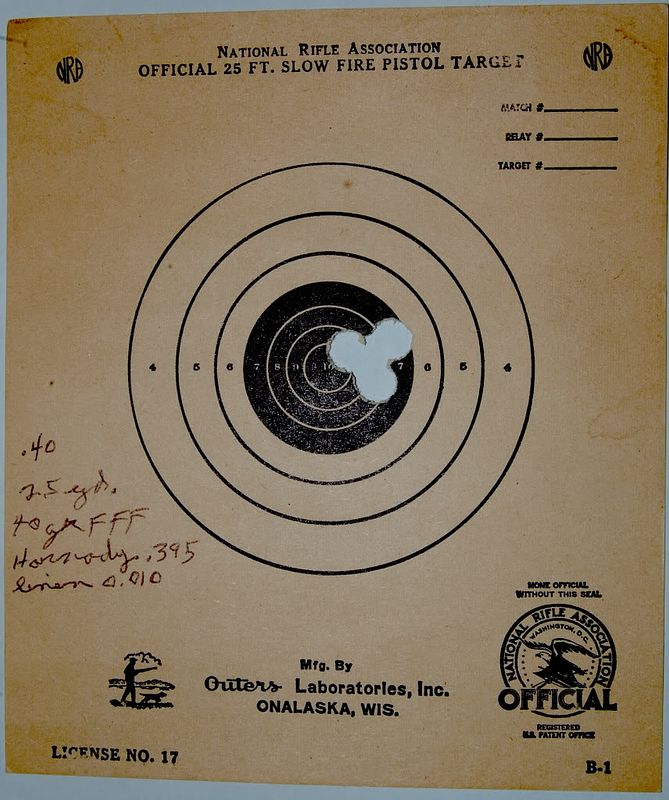lonehorseman said:
Spence, I recently owned a KY built rifle from around the same time period as yours. Mine was built in Eastern Ky, and like your rifle, the quality and workmanship from the 70's may have been better than most think. The next time you visit historic Greensburg, KY you can see it hanging in a display case at the Longhunter's Cafe.
Greensburg is my favorite small Kentucky town, love the old courthouse.
I have a rifle built by another local builder in the same time period, this one from Johnson City, TN. It is also a very well built, beautiful little gun, with extraordinary inlays and engraving, Wm. Large barrel and is a tack driver. It would also be categorized as non-HC/PC, not acceptable because it's just someone's "interpretation", I suppose.
My reason for this thread was to see if the gun gang could make clear for me where this type of guns fits into the big picture. These guns which belong to no certain school or time period, which are not faithful copies of originals, but have no characteristic which disqualifies them from being considered real longrifles. In the nearly 2 years I've been on this forum I've seen a lot of guns pictured. The reaction to most is very positive, they are considered pretty, well made guns, and the owners/makers are freely complimented. But, if the historical aspect of the gun comes up, it is a rare thing for it to be declared HC/PC by the gun boys. What makes that true is and has always been a very fuzzy area for me. I've spent a lot of time looking at the original guns shown in the major reference books I have access to, and, let me tell you true, there were a lot of truly butt-ugly guns made. I laugh when I imagine the thrashing anyone who built such a gun today would get if they dared show them on this board. But, of course, they are all totally HC/PC. Yet, all it takes for a modern builder's interpretation to be declared non-HC/PC is for the forearm to have been left a bit fat, or some such. I was hoping to trigger a discussion of why that is true, but I guess it isn't going to happen.
Spence







